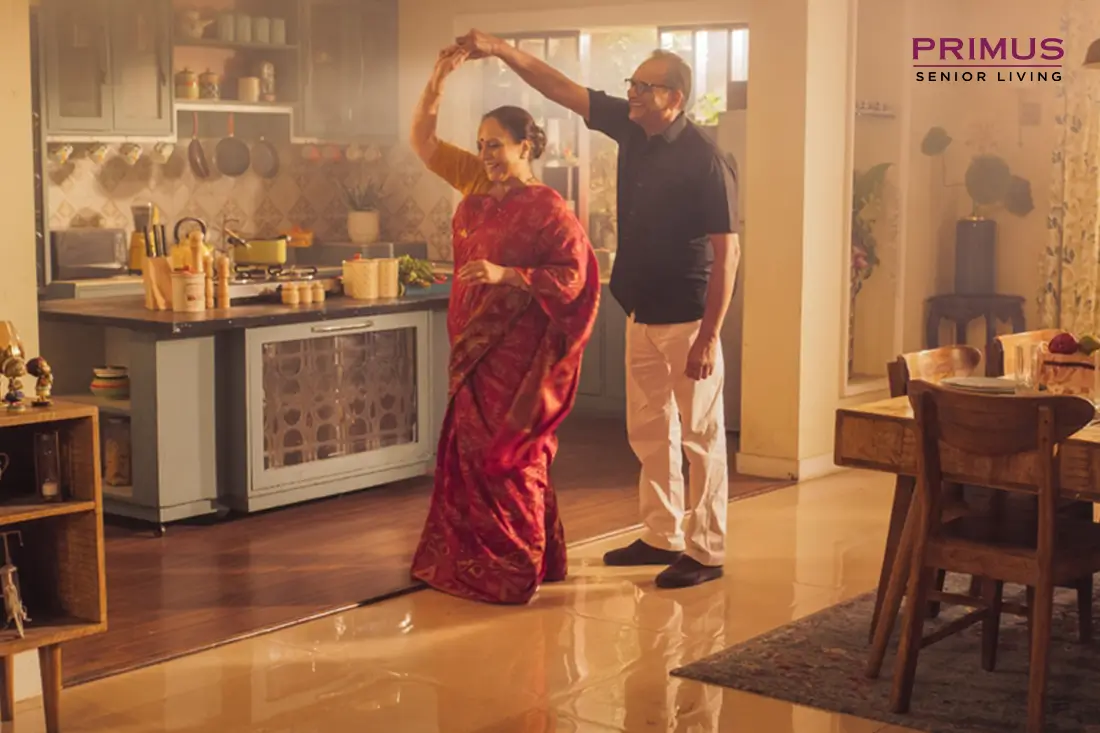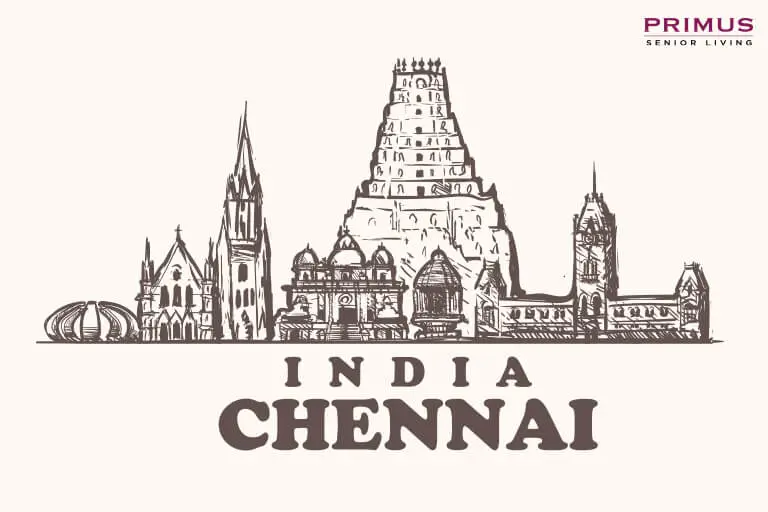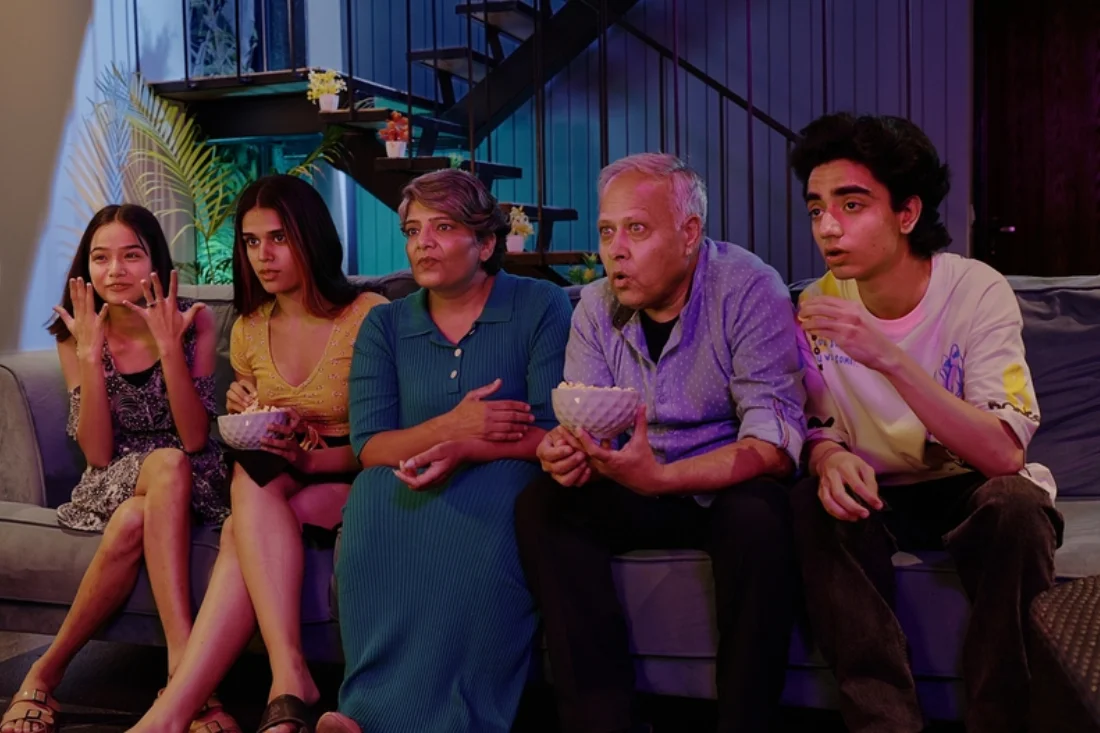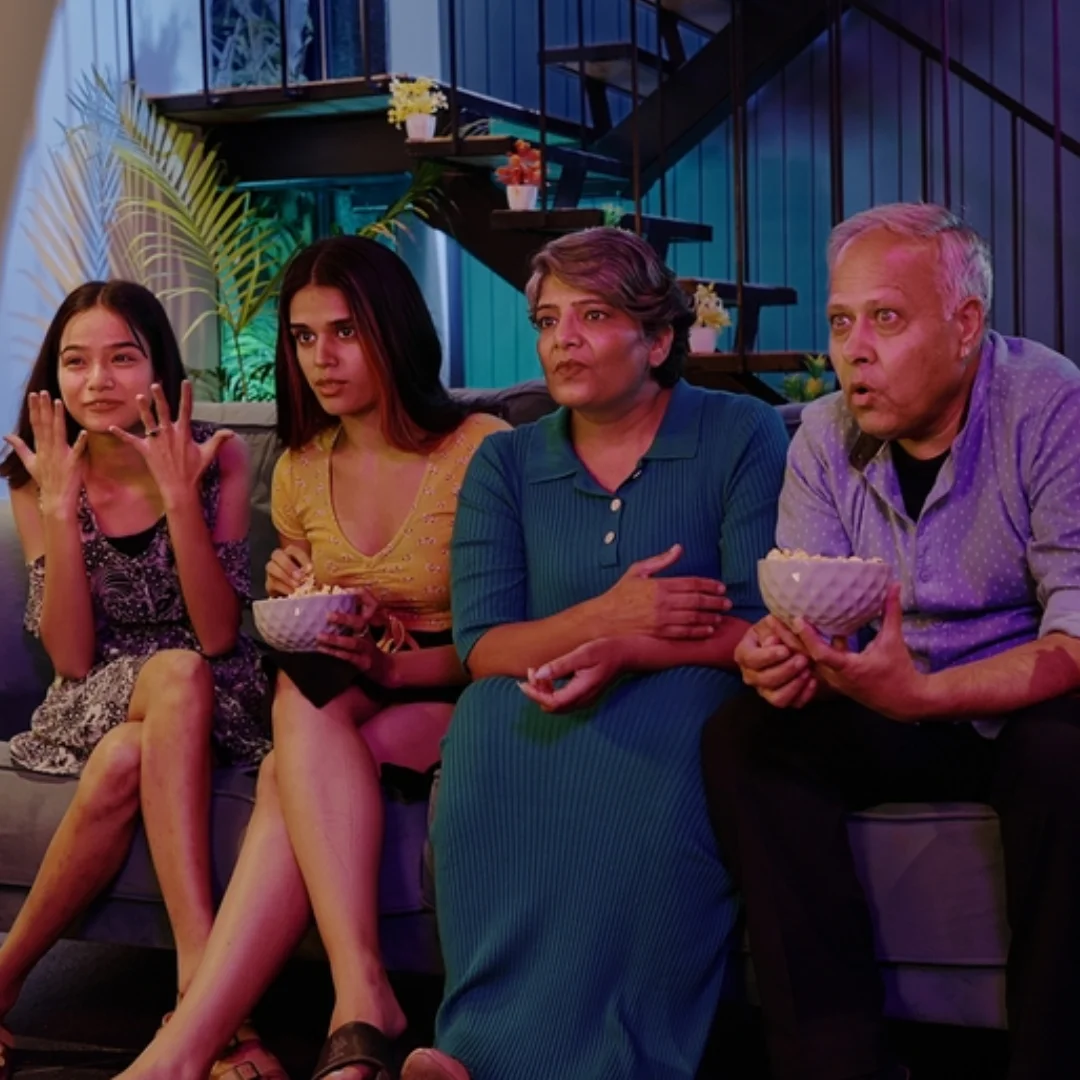When you hear the term “Multigenerational Living or MGL”, it might sound like a whole new way of living. However, multigenerational homes in India are an evolved version of the joint family system. The joint family culture has been the cornerstone of Indian society, rooted in cultural values, shared responsibilities, and collective well-being. While it has a ton of benefits, the joint family concept also came with a few drawbacks, leading to nuclear families. Today, Primus has brought in the concept of multigenerational living, combining the best of both worlds.
The joint family system is all about the family bonds that exist between the family members of Indian households, and this age-old practice has seen a remarkable resurgence, driven by evolving social, economic, and cultural dynamics. Communities like Primus Sangama are reimagining this legacy, blending traditional living setups with contemporary needs to create spaces where generations thrive together.
The Legacy of Joint Families
The concept of multigenerational homes in India traces back to ancient times, when the joint family, i.e., a hierarchical unit of parents, children, grandparents, uncles, and aunts, lived together, was the norm. These families not only lived together but also pooled resources, shared duties, and upheld traditions like ancestor worship and collective decision-making. This system worked perfectly fine because it offered economic stability, emotional security, and a strong cultural identity.
Key features of traditional joint families included:
-
Shared responsibilities: Household chores, childcare, and elderly care were distributed among members.
-
Collective ownership: Property and income were managed jointly, ensuring financial security for all.
-
Cultural continuity: Elders passed down rituals, languages, and values to younger generations.
Why Is Multigenerational Living Making A Comeback?
Nuclear families gained traction in the 20th century. However, recent decades have witnessed a revival of multigenerational homes in India. In a way, the pandemic has played an important role in causing this shift, highlighting the importance of familial support during crises.
Let's now look into the reasons for this emerging trend (or the reasons why multigenerational living is coming back).
-
Care and Support
Let it be seniors or children; they both need care and attention. In multigenerational living, it is like a give and take, but with love. Grandparents provide childcare, while younger members ensure elders receive care and companionship.
-
Culture
Festivals, rituals, and daily interactions in joint families strengthen cultural roots. Passing down the cultural relevance and importance of celebrating together is important and rare these days.
-
Emotional Security
Multigenerational living offers a safety net during health crises, job losses, or emotional distress. In times like the pandemic, families come as a lifesaver. It reduces the risks of isolation.
-
Saves Time and Money
People are often busy with their lives on a daily basis. Living together gives them the opportunity to spend time with their loved ones. Without having to travel for a long time, spending on cabs, or flights to meet their loved ones, not only saves money but also saves time.
Living The Sangama Way
Primus Sangama, Bengaluru's first multigenerational community, is all about this revival. Its design addresses modern needs while honouring India’s joint family ethos:
-
Dual-zone living: Separate clusters for seniors and families ensure privacy, while shared spaces like gardens, clubhouses, and event halls foster connection.
-
Lifestyle amenities: A restaurant serving nutritious meals, 24/7 healthcare, concierge services, and wellness programs cater to all ages.
-
Intergenerational bonding: Cultural events, hobby clubs, and festivals create opportunities for elders, youth, and children to bond.
The vision of Primus Sangama revolves around blending India’s rich joint family traditions with the independence of modern living.
Benefits of Multigenerational Homes in India
-
Holistic Care
Elderly members enjoy dignified care, while kids benefit from elders’s connection.
-
Stronger Relationships
Daily interactions build empathy and respect across generations.
-
Crisis Resilience
Families navigate challenges like illnesses or economic downturns more effectively together.
Have you ever thought about "Why do Indian families live together?" The answer lies in a timeless equation of practicality and emotional need. While there is a difference in the homes we live in, from ancestral homes to modern communities like Primus Sangama, the core values need not change. They can remain the same, with all the mutual support, shared joy, and cultural continuity.
As India strides into the future, multigenerational living is not just something people talk about while talking about the good old days. It is not anymore in the past. It is a fulfilling way of living for generations to come. Communities like Primus Sangama are here to revive the good old days where everything from responsibilities and chores to love and support is shared, but without having to compromise on independence.
Primus Sangama offers thoughtfully designed multigenerational homes in Bangalore, blending tradition with modern comforts. Explore how their communities are redefining family living for the 21st century.
You may also like

What Services Are Provided at Assisted Living Homes in Bangalore?
What according to you means ageing gracefully? While the answer to that question might be different from person to person, we can all agree that ageing gracefully does come with its set of challenges.
READ MORE
Why Chennai Is Considered A Retirement Haven For Seniors
Everyone jokes about things they will do, the places they will visit, people they will meet post-retirement. Nobody thinks about the place they will settle down in, where they will spend most of their days. While every Indian city is a great option to pay your life post-retirement, there are certain things you should consider when thinking of a place to retire.
READ MORE

Leave a Comment